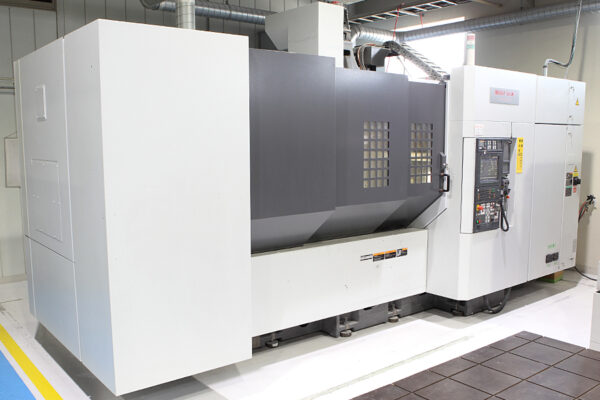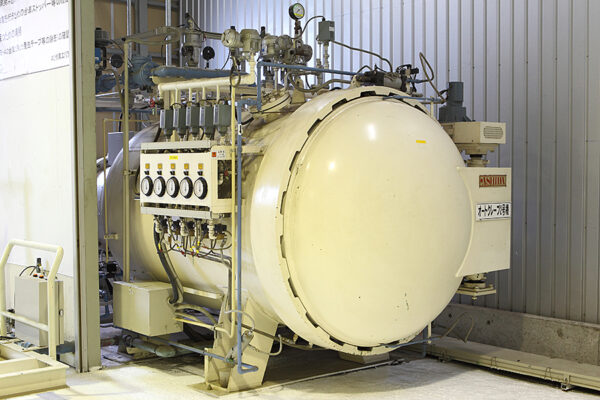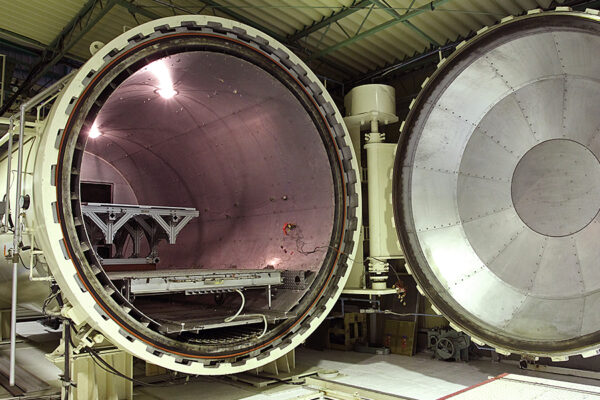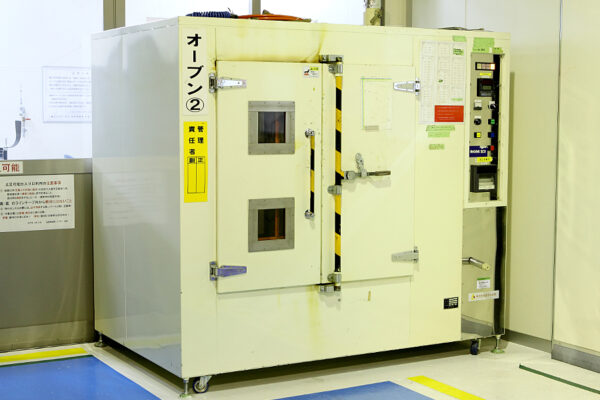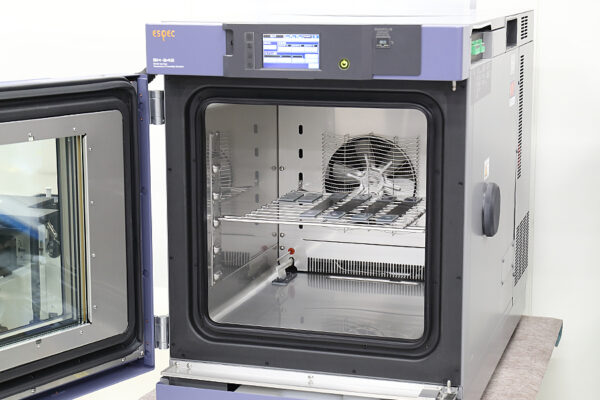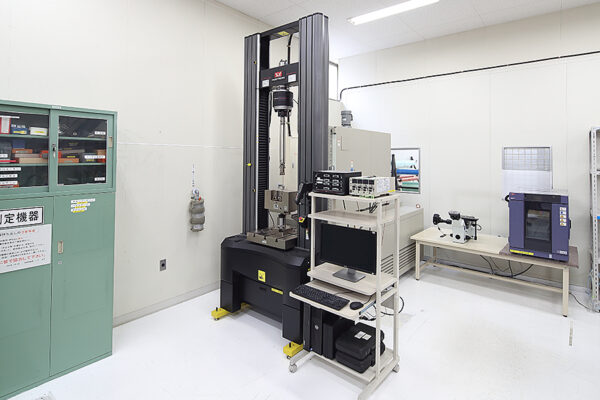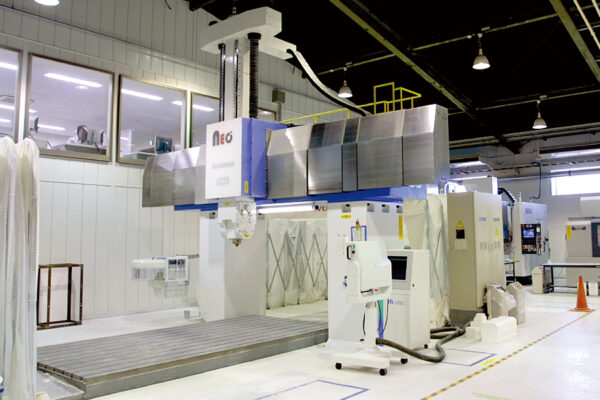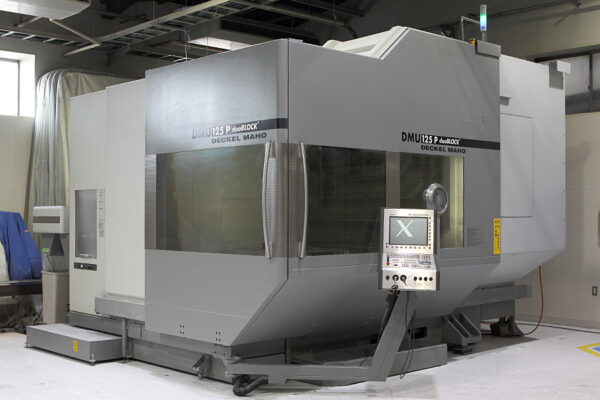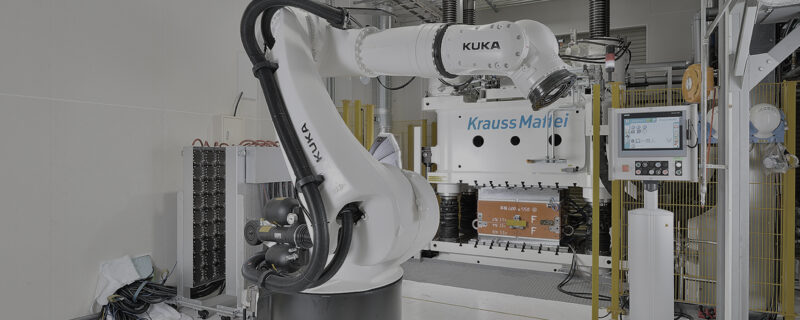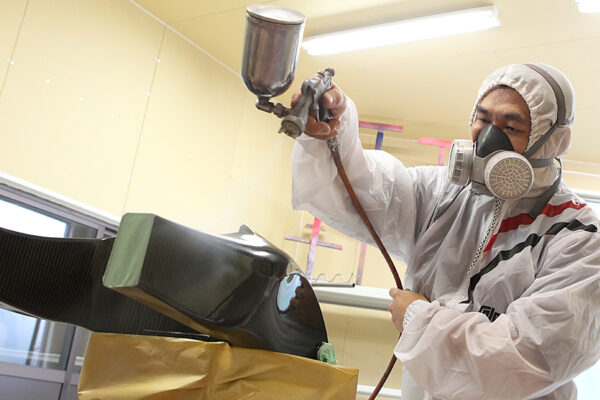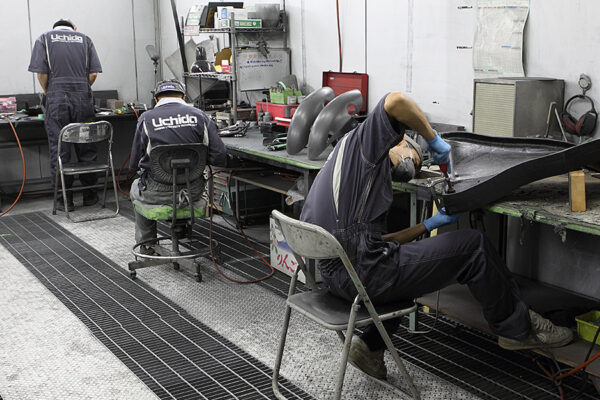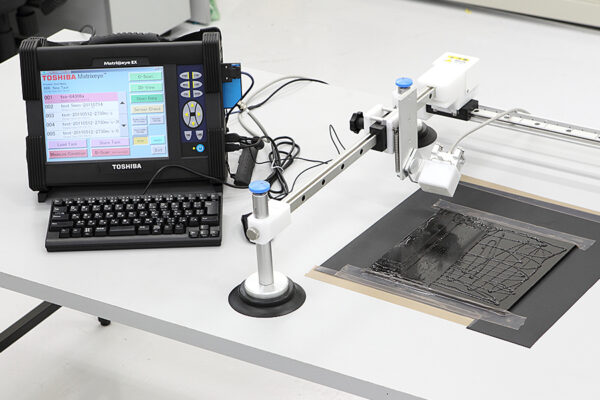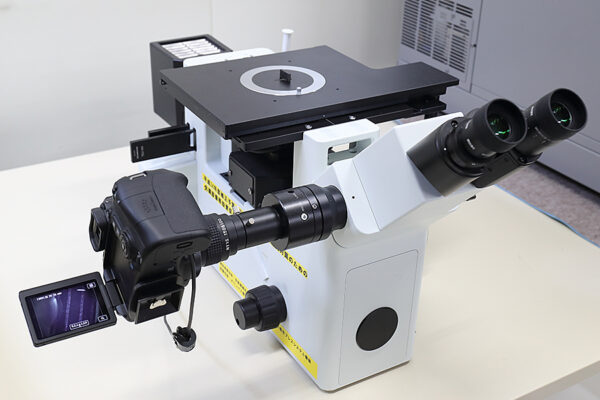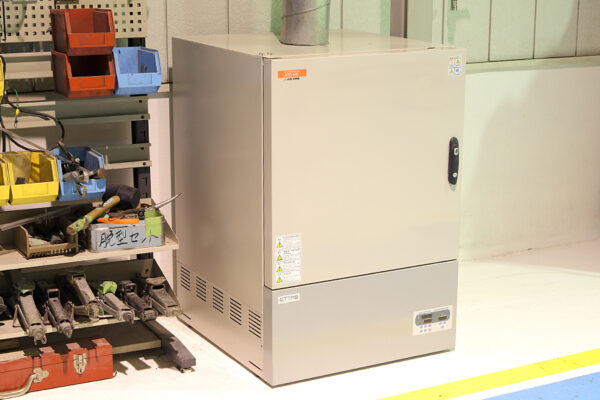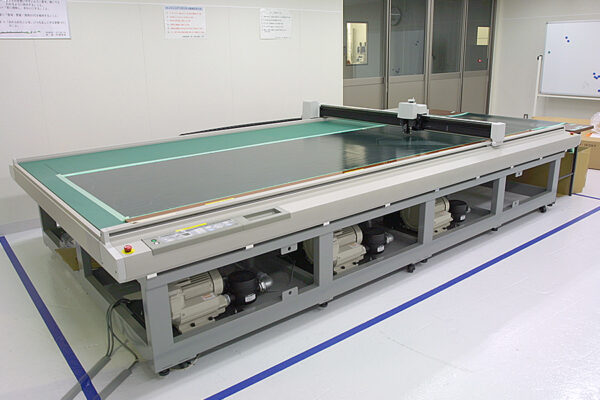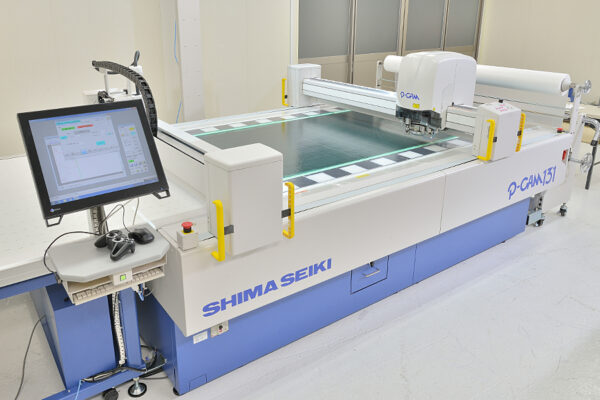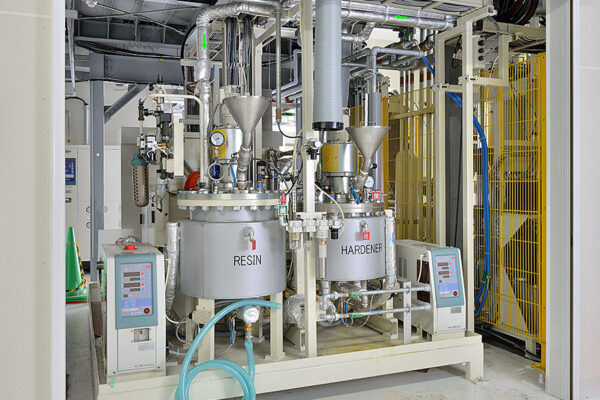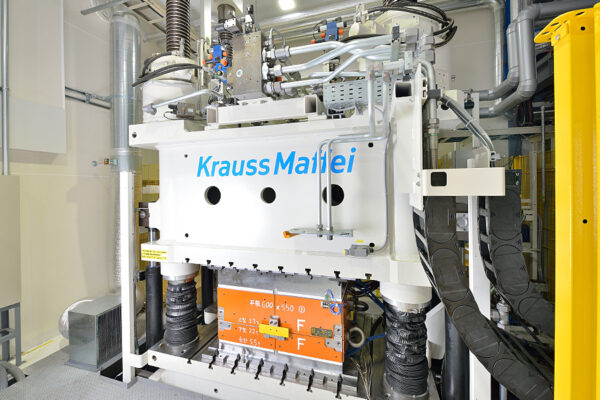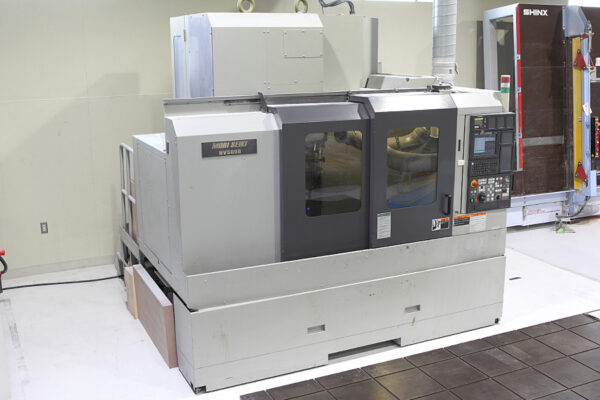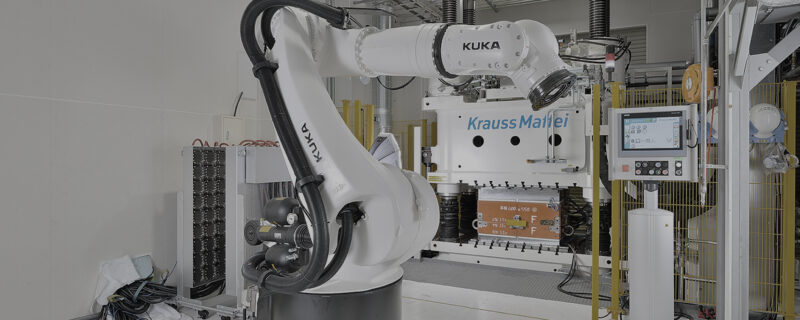Introduction
CFRP (carbon fiber reinforced plastic) is an advanced material with high strength and lightweight properties, and one of the key elements supporting its performance is “resin.” CFRP resin is responsible for binding carbon fibers together, fixing their shape, and improving their environmental resistance. This column describes the types and properties of resins used in CFRP.

Types of Resins Used in CFRP
There are two major types of resins used in CFRP: thermosetting resins and thermoplastic resins.
Thermosetting Resin
Thermosetting resins are resins that cure when heated and do not return to their original state even if reheated.
– Main types: Epoxy, Polyester, Vinyl Ester
– Features:
- High strength and rigidity
- High chemical and heat resistance
- Good dimensional stability after curing
– Applications: Aerospace, automotive, sporting goods, building materials
Thermoplastic Resin
Thermoplastic resins have the property of softening when heated and hardening again when cooled. In recent years, they have been attracting attention for their recyclability and processability.
– Main types: PEEK (Polyether Ether Ketone), PA (Polyamide), PPS (Polyphenylene Sulfide)
– Features:
- High impact absorption
- Easy to mold and process
- Recyclable
– Applications: Next generation Aircraft, automotive, medical equipment
Role of CFRP resin
In CFRP, resin is not just a binding material, but an important element that greatly influences product performance.
– Fixing carbon fibers: maintains fiber orientation and transfers force efficiently
– Improving environmental resistance: protects carbon fibers from moisture, chemicals, and UV rays
– Improving shock absorption: compensates for the brittleness of carbon fibers and improves durability
CFRP Resin Selection Points
It is important to select the appropriate resin for the CFRP product application.
– Balance of strength and stiffness: Epoxy resin for high strength, thermoplastic resin for impact resistance
– Processability and cost: Thermoplastic resin for molding suitable for mass production, thermosetting resin for precision molding
– Environmental resistance: High temperature Environment: Thermoplastics such as PEEK are suitable in high temperature environments
Summary
CFRP resins are more than just binding materials; they are critical elements that determine the performance of the end product. Thermosetting resins such as epoxy resins are the mainstream, but the use of thermoplastic resins is increasing in consideration of recyclability and processability. Selecting the most suitable resin according to the application and required characteristics is the key to maximizing the performance of CFRP.

Related useful contents
You can explore related content by clicking on a topic of interest.
ABOUT UCHIDA - 55 years since our founding
We leverage a wealth of technical expertise as a CFRP molding and processing manufacturer using FRP, GFRP, and CFRP materials. We offer a one-stop solution, encompassing design, analysis, manufacturing, secondary processing, assembly, painting, quality assurance, and testing.
UCHIDA's equipment
We have cutting-edge equipment to ensure that we can address even the most advanced challenges of our customers.
Video Library
In the following video, we provide a detailed overview of our manufacturing process. Please feel free to watch and learn more.


